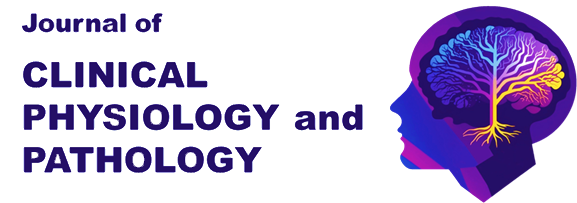Authors:
Alexei Dunaev, Andrey Bashkov, Zhanna Sheikh, Tatyana Kudryavtseva, Evgeniy Esin, Sergey Voskanyan, Irina Shipuleva, Maxim Popov, Elena Matkevich, Olga Lazebnaya
For citation:
Dunaev A., Bashkov A., Sheikh Zh., Kudryavtseva T., Esin E., Voskanyan S., Shipuleva I., Popov M., Matkevich E., Lazebnaya O. Computed and Magnetic Resonance Imaging in the Diagnosis of Focal Nodular Hyperplasia in the Liver in Cancer Patients During Chemother-apy. Journal of Clinical Physiology and Pathology (JISCPP) 2024; 3 (2): 21-23.
Abstract:
The differential diagnosis of focal changes in the liver remains an urgent task for the radiologist. Focal nod-ular hyperplasia (FNH), being the second most common benign formation of hepatocellular origin, is formed in cancer patients as a result of vascular disorders during chemotherapy, in particular with the development of sinusoidal obstruction. As a result, the resulting FNH node can simulate metastasis in a cancer patient, especially in cases where the primary tumor has a hypervascular structure. However, radiation semiotics based on computed tomography and magnetic resonance imaging data allows, in most cases, to confidently differentiate the nature of the focal formation and avoid false-positive diagnostic results.
Keywords: FNH-like lesions, computed tomography
